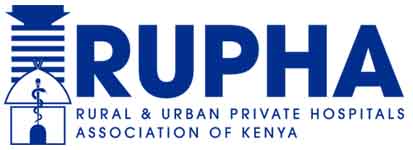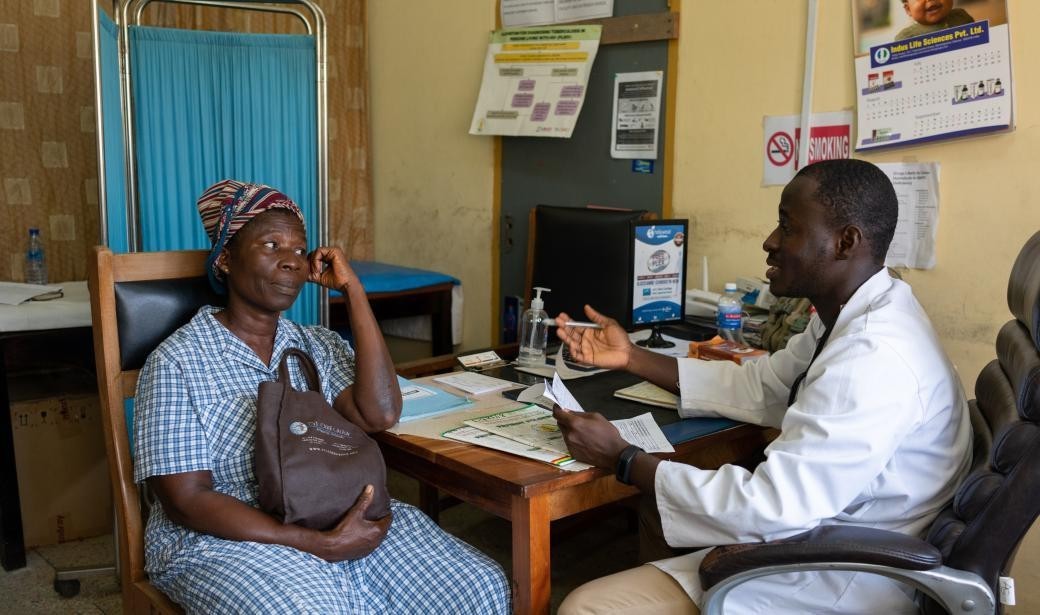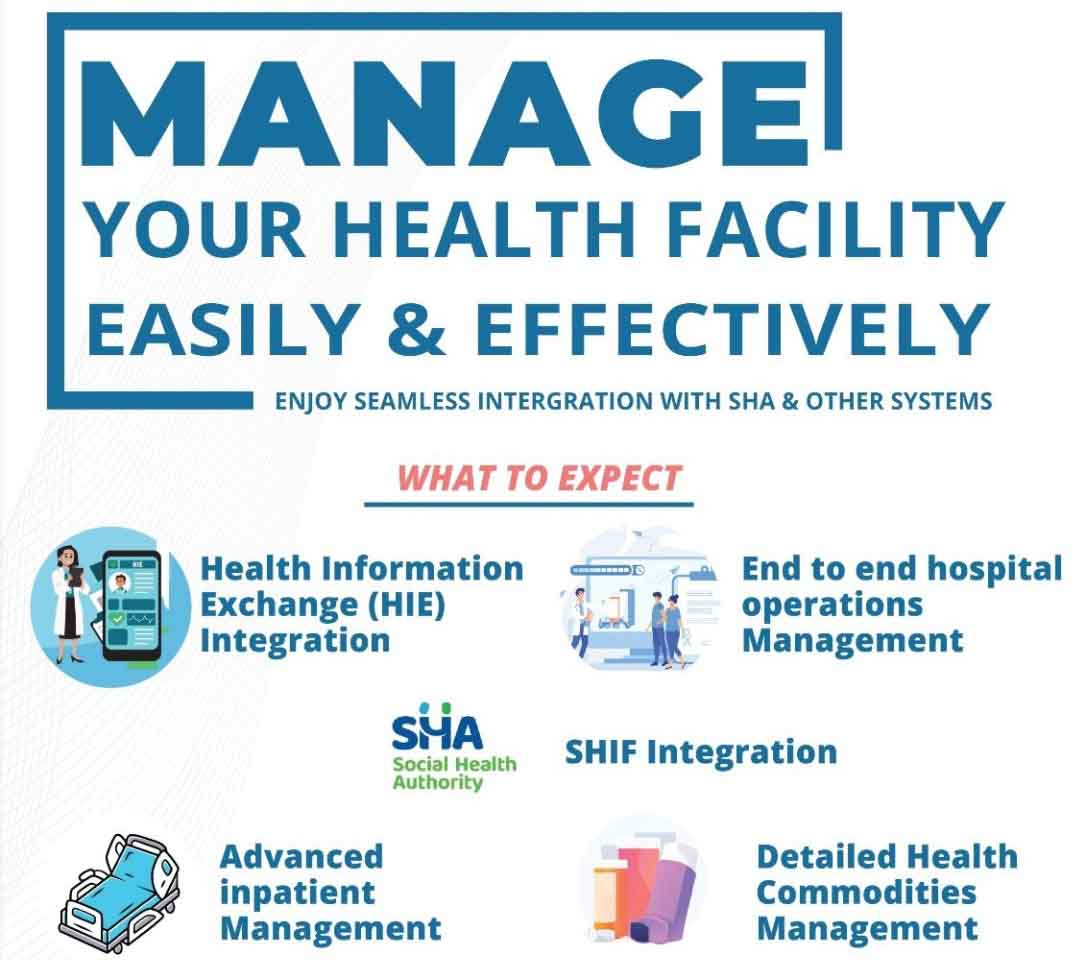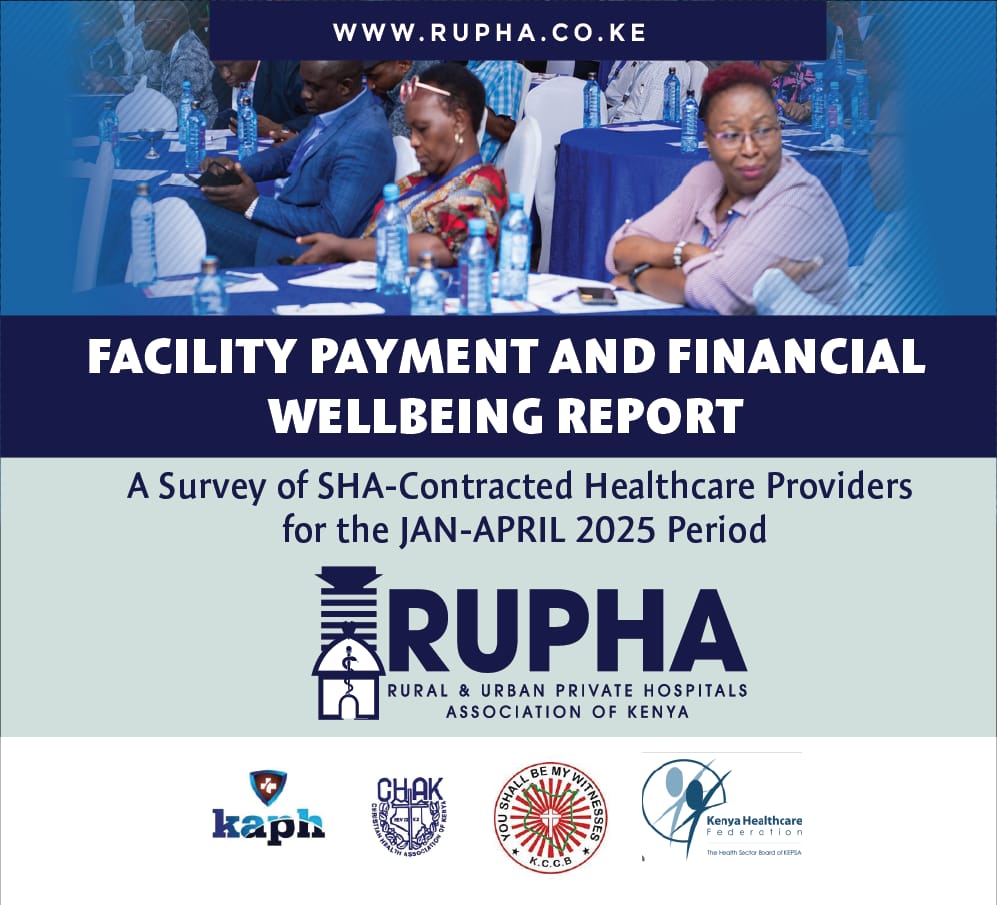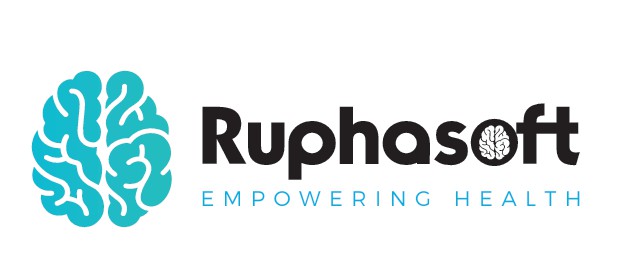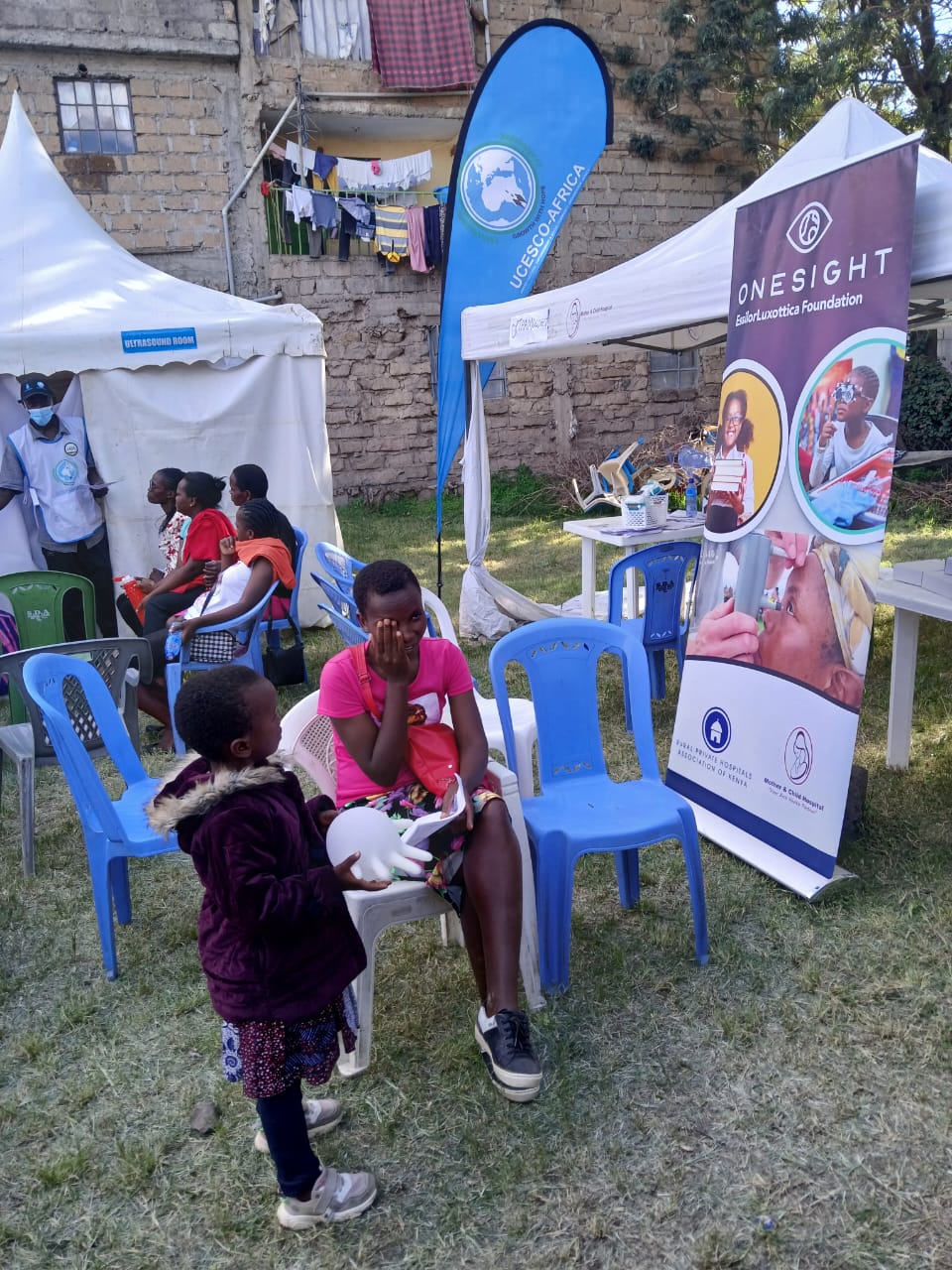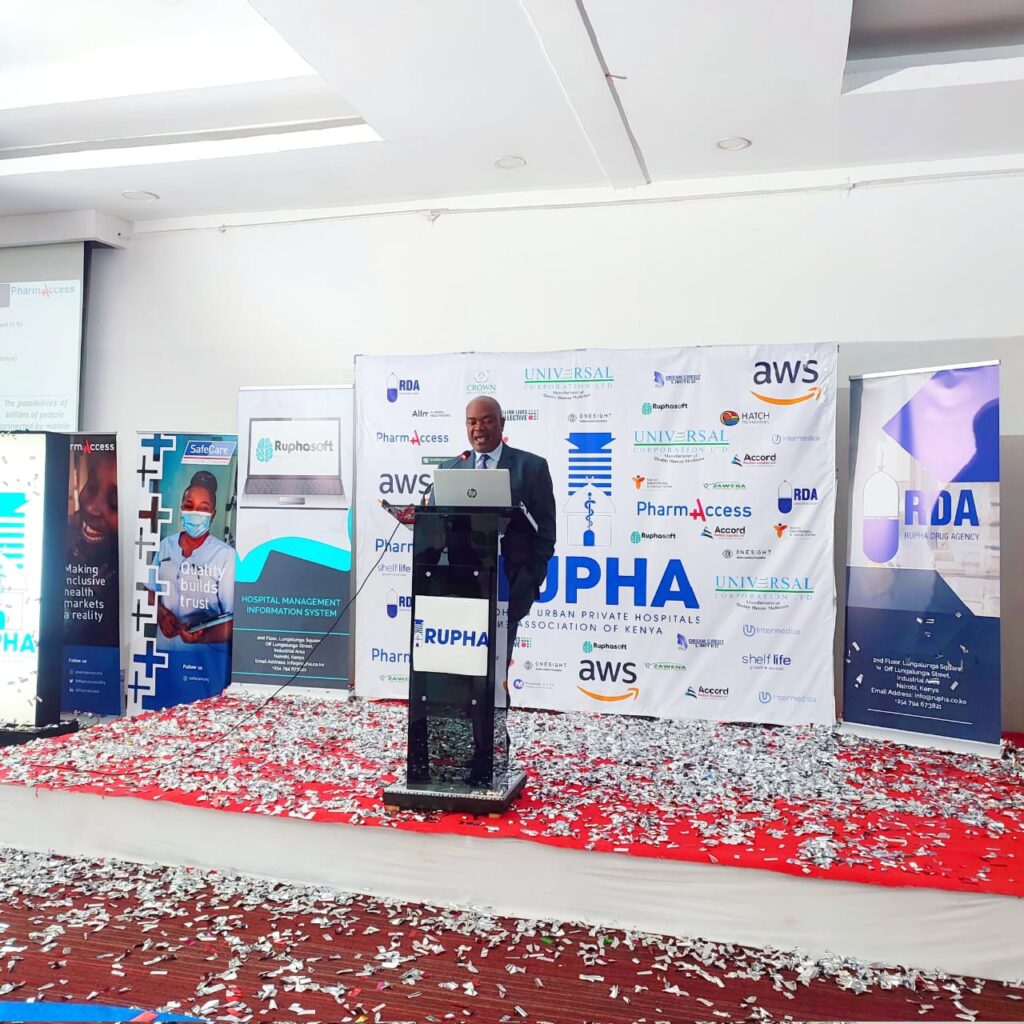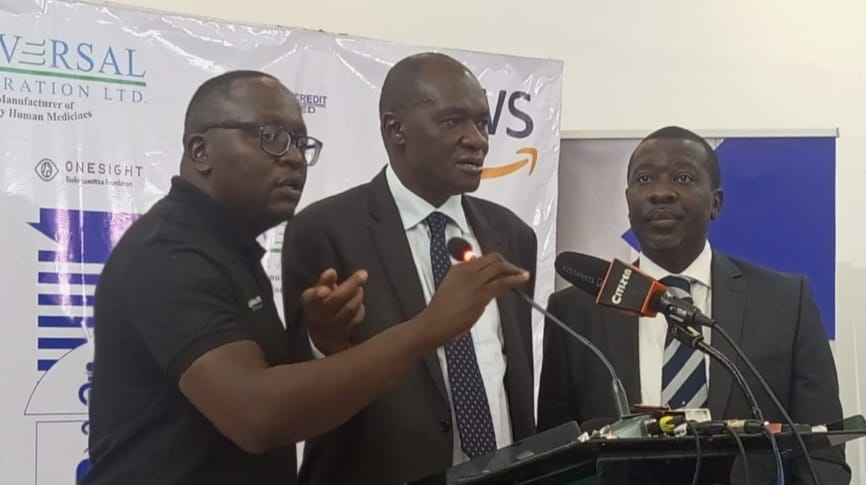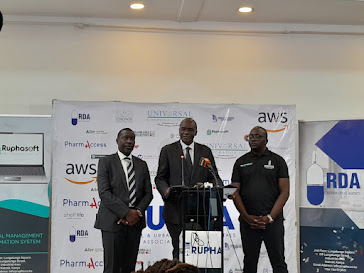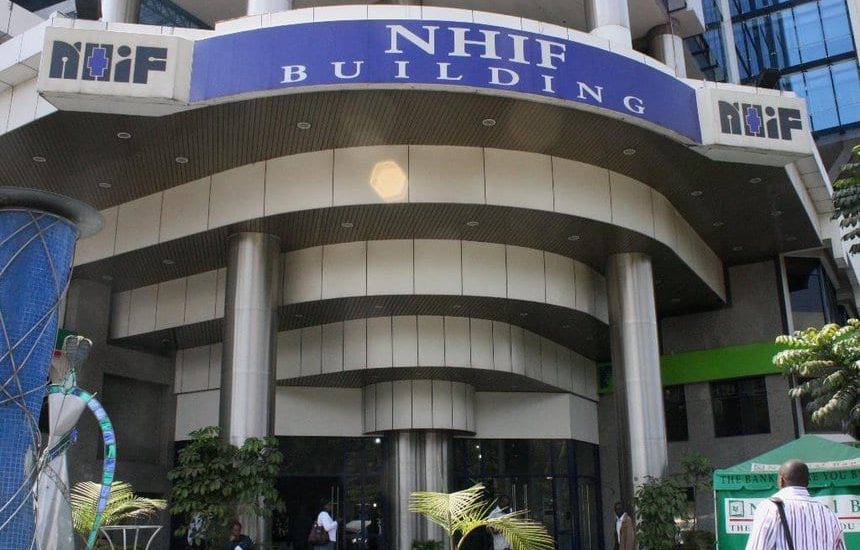57 year old NHIF is to be disbanded as it has outlived the very purpose for which it has been founded. Over the years, it has slowly lost relevance and became a vehicle for corruption and fraud.
The need to change contributions structure. Under NHIF flat rate contributions from the employed needed to change. It had lost its relevance considering the highly paid as well as those at the level of minimum wage were all contributing the same amount. Contributions were low and erratic. Most people were only contributing when they are facing an illness or a family member is facing an illness. The Jua Kali sector were largely uncovered since there wasn’t enough public sensitization on it’s importance.
NHIF administrative costs were high hence affecting the disbursement of members claims. This aspect interfered with the purpose for which NHIF was formed. Claims processes continually had a delay in payments, resulting in bad publicity.
There were numerous schemes within NHIF e.g Linda Mama and Edu Afya. This ended up causing the organization to appear complicated to understand. Also the issue of enhanced schemes made some people appear more equal than others.
NHIF had a lot of resource wasting and leakages resulting in the scheme becoming a weak pooling of resources initiative.
NHIF was the judge and the jury, the controller when to pay, how to pay, when not to pay, more of self regulating. Also in case of a dispute whether or not to pay, they were still the deciding factor.
NHIF was receiving donor funding without prior planning on it’s use. This led to lots of wastage. The end result was bad press on the international scene.
Conclusion: The aim of the transition is to streamline referral healthcare systems. Sanitizing a system that had gone down the drain is the first priority of this transition. There have been previous attempts in past political regimes to work on a similar transition but there has been lack of political will.
In quite a number of counties, private hospitals have managed to invest in level 4 and level 5 hospitals, hence making a huge contribution to healthcare infrastructure.
The rebranding of Rural Private Hospitals Association to Rural and Urban Private Hospitals Association is a great milestone. It had began initially with 12 hospitals and now has a network of 396 member hospitals. Nairobi County has so far the largest membership hence today’s rebranding.
